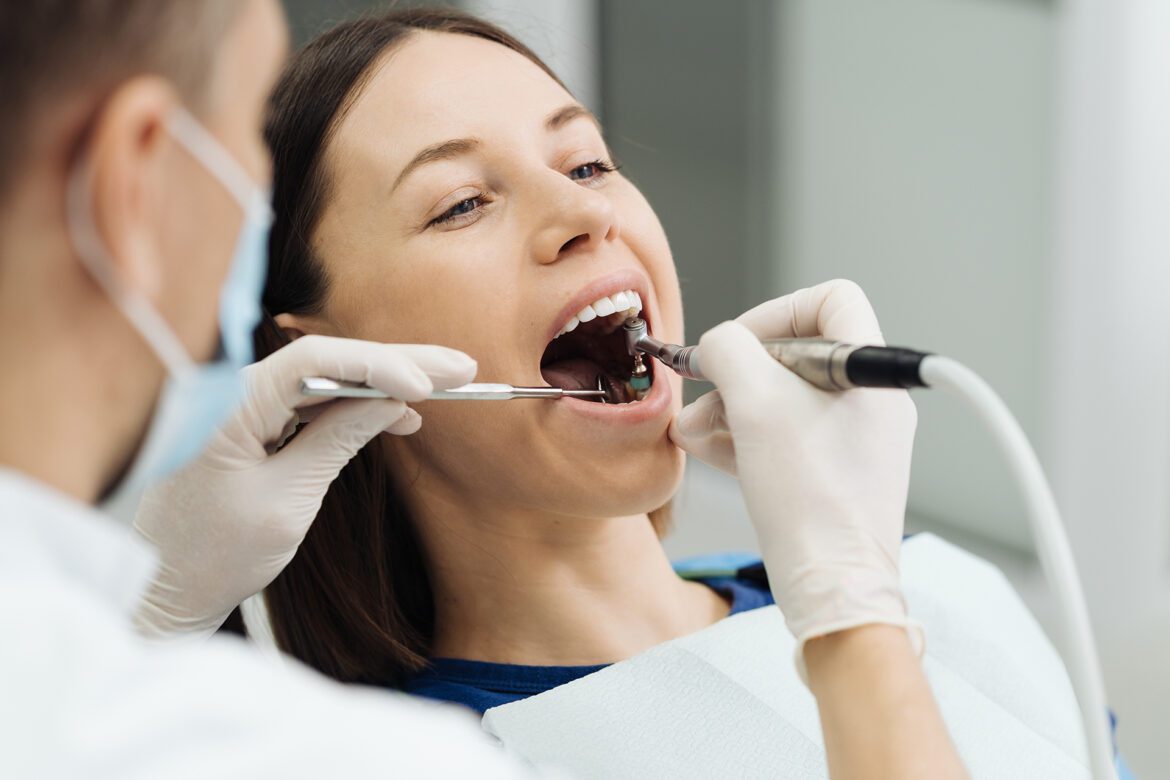Objective
This study investigated periodontal health changes in adult patients with mild crowding, undergoing treatment with a modified Inman appliance.
Materials and methods
This prospective cohort study involved 16 malocclusion patients (4 males and 12 females; mean age 21.94 ± 2.26 years) with mild crowding. Participants were treated using a modified Inman appliance. Plaque Index (PI), Gingival Index (GI), and Papillary Bleeding Index (PBI) were measured at four assessment times: before treatment (T0), two weeks (T1), one month (T2), and two months (T3) after appliance placement.
Results
All three indices (PI, GI, and PBI) exhibited significant differences across the assessment times (p < 0.001). Pairwise comparisons revealed significant differences in most cases (p ≤ 0.0125), with exceptions primarily observed in comparisons involving T2-T3.
Conclusions
Periodontal health can be negatively affected during orthodontic treatment due to the difficulty of maintaining optimal oral hygiene with the modified Inman appliance. This can lead to increased plaque accumulation and a subsequent rise in periodontal indices. However, these changes typically remain within acceptable limits. Patient-specific factors, such as oral hygiene practices, significantly influence the extent of these changes, emphasizing the importance of diligent oral care throughout treatment.
Introduction
Fixed orthodontic treatment, while highly effective in correcting misaligned
teeth, can sometimes lead to gingival-related issues . These problems
typically arise from increased plaque buildup and difficulty maintaining
optimal oral hygiene during treatment . Gingivitis, a mild form of periodontal
disease characterized by inflammation and redness of the gingiva, can be
exacerbated by poor oral hygiene, particularly during orthodontic treatment,
as the presence of braces can hinder effective plaque and tartar removal . If
gingivitis is left untreated, it can progress to periodontitis, a more severe
form of periodontal disease that can result in bone loss and tooth loss .
Braces can sometimes cause the gingiva to recede, exposing more of the tooth’s
root. This can make teeth more sensitive and susceptible to decay .
In some cases, braces can lead to an overgrowth of gingival tissue. This is
often caused by poor oral hygiene or an allergic reaction to the materials
used in the braces. To minimize the risk of periodontal problems during
orthodontic treatment, it is essential to maintain acceptable oral hygiene.
This includes brushing teeth after every meal, flossing daily, and using an
interdental cleaner to remove food particles trapped around the braces .
Regular dental check-ups are also crucial to monitor the health of gingiva and
ensure that any issues are addressed promptly .
The increasing focus on aesthetic appearance in society has recently led to a
greater desire among adults to solve minor dental problems such as mild
crowding. However, instead of choosing traditional orthodontic appliances due
to the unaesthetic metallic appearance of wires and brackets, they
increasingly tend toward restorative procedures that may have the potential to
damage tooth tissues. As a result, there is an increasing preference for
invisible orthodontic methods, especially among adults. Consequently, many
techniques and materials have been created in clinical practice to alleviate
these limitations, such as ceramic brackets, lingual orthodontic techniques,
and clear aligners, but these options tend to be very expensive. The spring
aligner, also known as the spring retainer, was introduced by Barrer in 1975
as a removable appliance for aligning incisors. It has been used for over 25
years.

